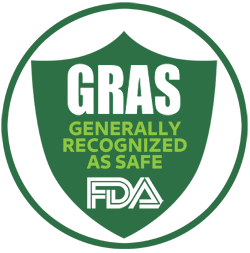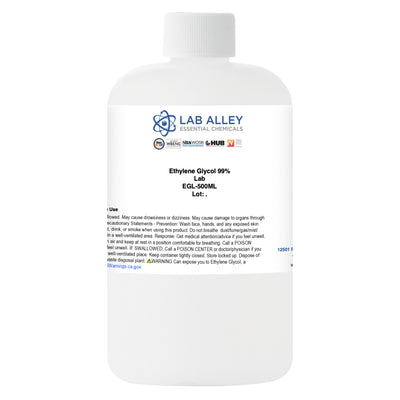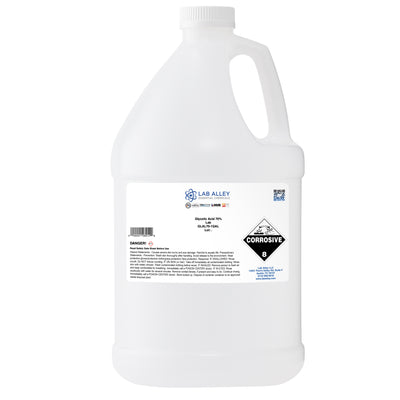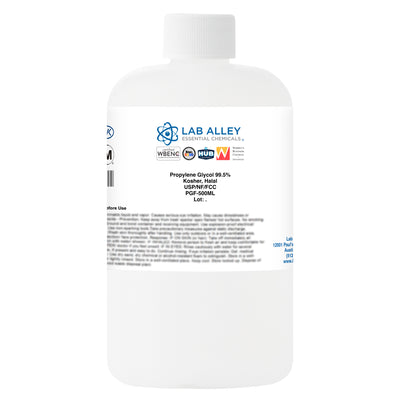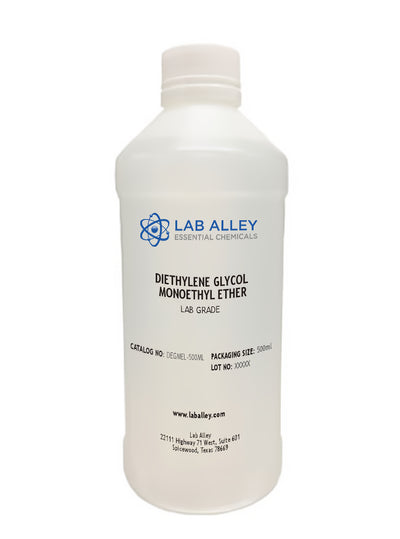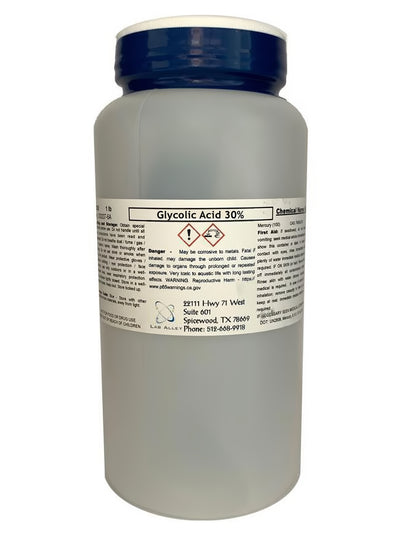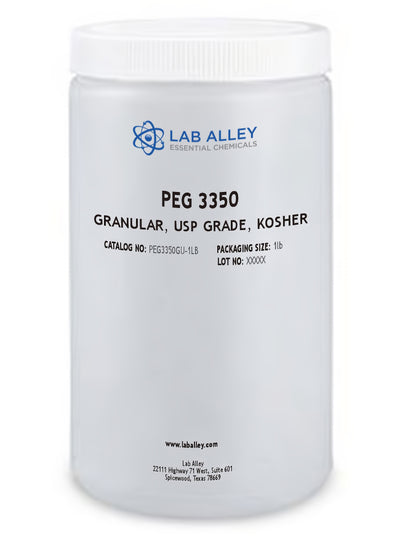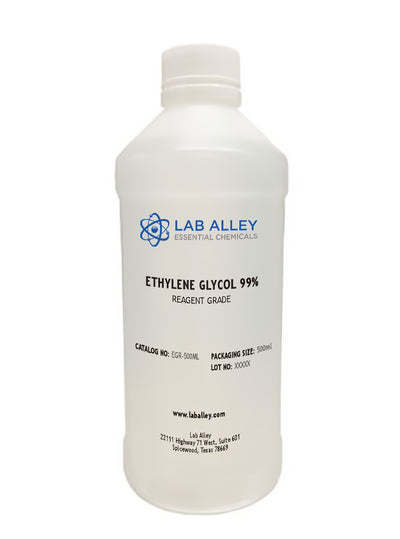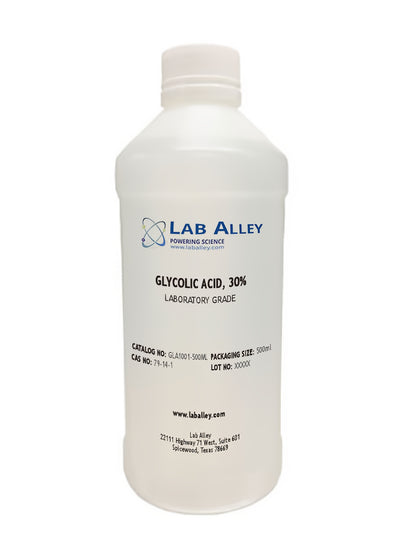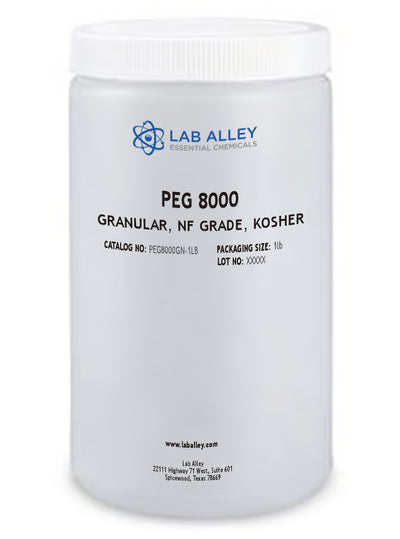Polyethylene Glycol (PEG) 400 Food Grade (FCC), Halal


Low-Molecular-Weight Grade Of Polyethylene Glycol
Business Support
Description
About Polyethylene Glycol (PEG) 400 Food Grade (FCC), Halal
Polyethylene Glycol, (C2nH4n+2On+1), is synthesized by ring-opening polymerization of ethylene oxide. This synthesis process gives PEG a range of molecular weights and distributions from 300 grams per mole to 10,000,000 grams per mole.
PEG 400 has a molecular weight of 400 and is a clear, colorless, viscous liquid. Polyethylene Glycol is colorless, inert, odorless, and non-volatile. PEG is biocompatible (it won’t damage tissues or cells), hydrophilic, dissolves readily in water without changing the color odor or taste, and is nontoxic. Due to the high purity of Polyethylene Glycol 400, it is certified by the United States Pharmacopeia (USP) grade and the Food Chemicals Codex (FCC) grade.
COMMON USES AND APPLICATIONS
- PEG 400 is used in personal care products that need to remain viscous
- PEG 400 is used as a food additive and to preserve moisture
- PEG 400 is used to readily dissolve hydrophobic drugs
- PEG 400 is often used to make viscous lubricants
INDUSTRIES
PRODUCT VIDEOS
WHY BUY FROM LAB ALLEY
- Competitive pricing and well-stocked US-based inventory.
- Fast 1-2 business days shipping, including hazmat transport.
- Exceptional customer service and chemical technical support.
- Delivery on budget, on time, every time.
PRODUCT INFORMATION
Customer Reviews and Q&A
Safety and Shipping
GRAS Reference Citation 21 CFR 172.820.
Warnings, Safety And Hazards: Inhalation of vapor is not hazardous. Ingestion causes stupor or coma, sometimes leading to fatal kidney injury. This chemical is combustible.
Business Support
Built for Business.
At Lab Alley, we simplify procurement with custom quotes, credit applications, tax exemptions, and fulfillment support, ensuring on-budget, on-time delivery - your success is our priority.
Apply for Credit
A Lab Alley credit account streamlines purchasing for your business. Our Customer Success Team is available to help you through every step of the process.
Request a Custom Quote
Get a fast, customized quote tailored to your specific needs. Our team ensures accurate pricing and availability to help streamline your purchasing process.

Additional Business Resources
Lab Alley provides access to essential certifications, documents, and other resources to support your business.
Product Manuals
Certificates of Analysis

Create a Lab Alley Account

RECEIVE exclusive offers, promotions, and discounts on chemicals.

Always have the product you need, when you need it with our AUTOSHIP program.















